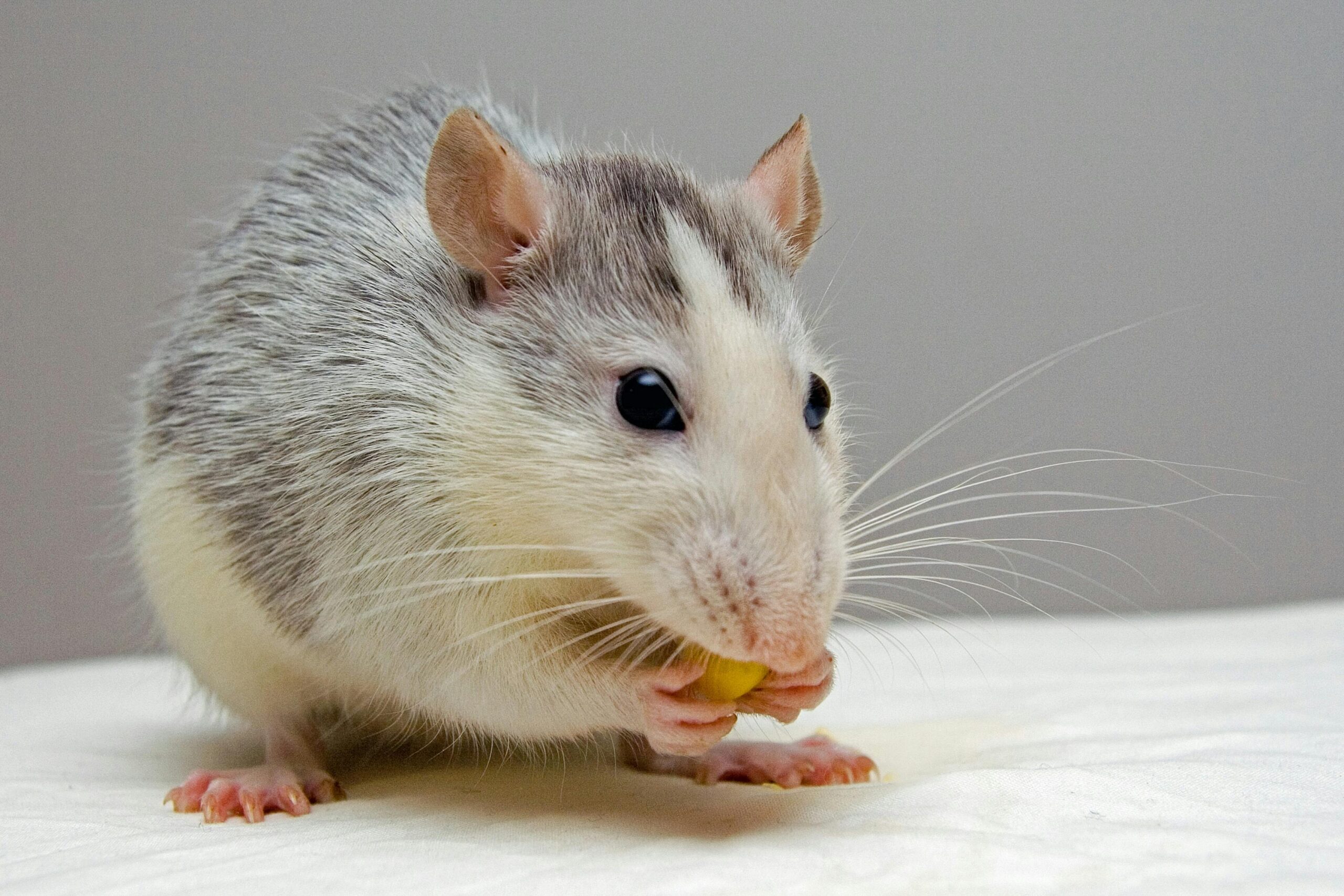(Image credit: Kat Smith)
Dogs’ sense of smell is so powerful, they may actually be able to “smell time”. Their noses help them detect subtle changes in scent throughout the day, allowing them to anticipate routines like their owner coming home—even without a clock.
Dogs Don’t Wear Watches—They Sniff the Hours
You’ve probably noticed your dog waiting by the door just before you get home—even if you don’t arrive at the same time every day. It’s not just intuition or habit. One fascinating theory suggests that dogs can literally smell the passage of time.
Here’s how it works: scent particles in the air change in concentration and location as time passes. For example, when you leave the house, your unique scent lingers. Over time, it begins to fade, settle, or move due to air currents and heat. Dogs, with their **incredible olfactory power—estimated to be 10,000 to 100,000 times stronger than ours—**can track these changes.
This means that your pup might be able to tell how long you’ve been gone based on how your scent has dispersed in the environment. In essence, your dog forms a scent-based memory of time, using the gradual fading of smells as a kind of clock.
What Science Says
In a 2017 TED Talk, cognitive scientist Alexandra Horowitz (author of Inside of a Dog) explained how dogs may detect the passing of time through scent gradients. She and her team are even experimenting with scent diffusion to simulate the presence or absence of time cues and see how dogs react.
While dogs likely don’t perceive time in the same structured way humans do (they can’t read a calendar or understand “Tuesday at 5 PM”), their sensory perception of environmental changes gives them a reliable sense of when things usually happen—like dinner time or walks.


